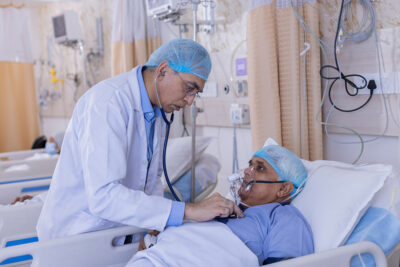Post-operative delirium is a major health problem that occurs in about half of older patients who undergo surgery with general anesthesia. This prospective study from Norway of patients undergoing emergency hip repair surgery demonstrated from spinal fluid analysis that patients with delirium have abnormalities in brain glucose uptake and metabolism and have an early shift to ketosis in the spinal fluid.

ABSTRACT & COMMENTARY
Post-Operative Delirium May Involve Altered Brain Glucose Metabolism
May 1, 2024
